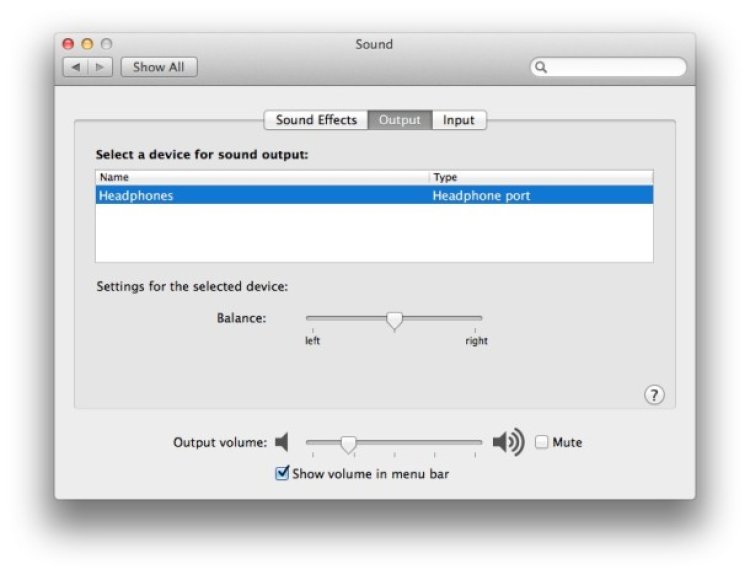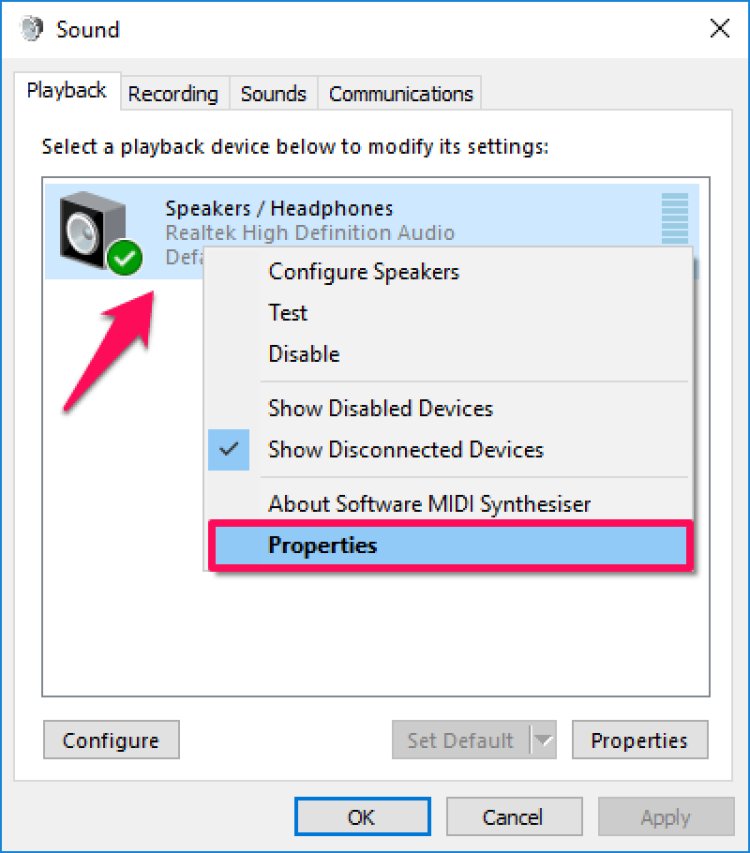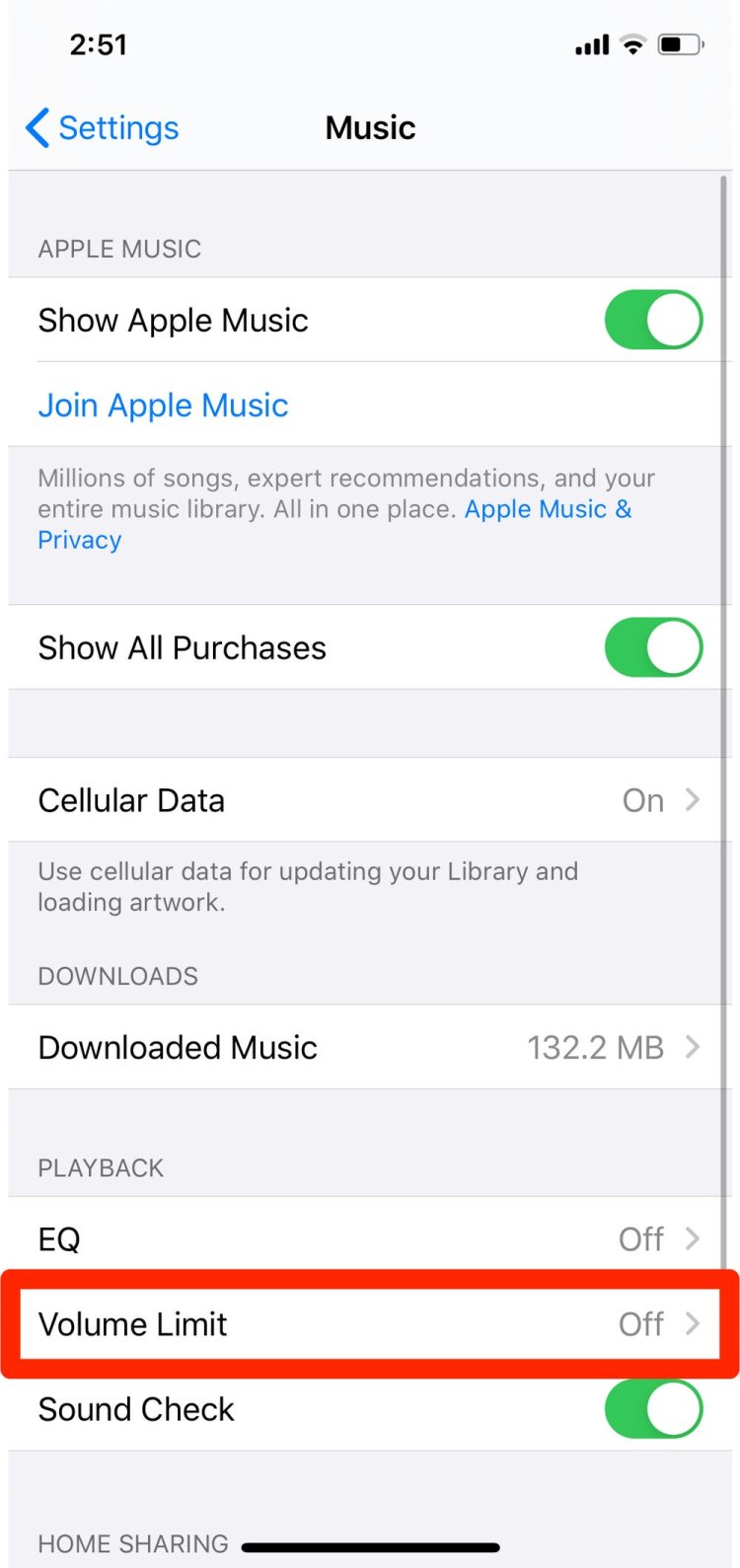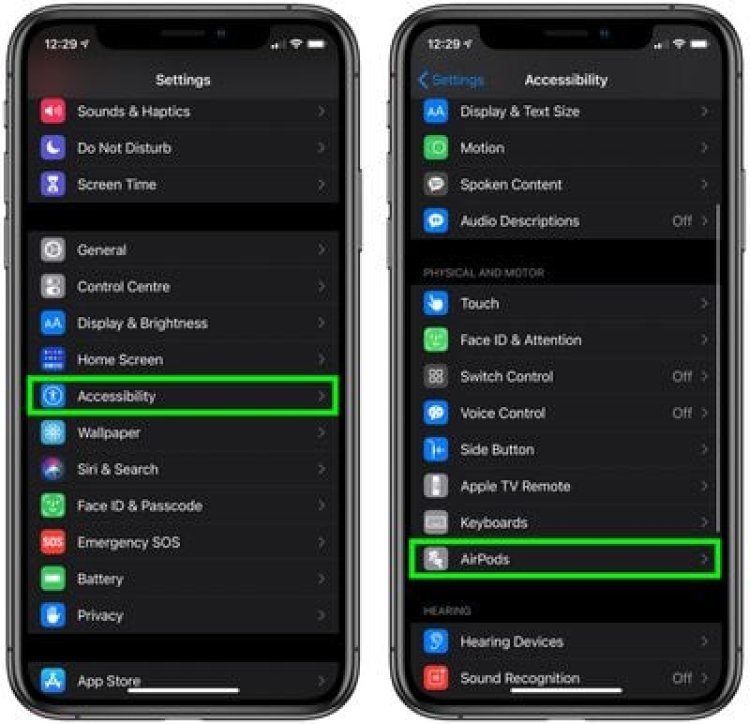How to amplify headphones
I am about to give you in this guide on how to amplify headphones and I assure you that you will be able to turn up the volume of your favorite songs (and more) quite a bit.

When you work on your computer, you love to put on headphones and listen to your favorite music. Often, however, the volume of the songs is too low and you cannot concentrate properly on what you are doing. Tell me: have you already tried to raise the volume indicator in the media player you use to play music to maximum? Yup? then there are no doubts: the time has come to put your hand to the system configuration and to check if, in the latter, the volume is already set to maximum.
If in the system settings the volume is set to a medium or low level, just turn it up there and that's it. If, on the other hand, the volume is already set to maximum, you have to resort to external solutions capable of exceeding the volume limit set by your computer in a standard way, be it a Windows PC or a Mac. And since you love listening to music even on the move, with your smartphone, I will explain how to perform the same operation on the main operating systems for portable devices: Android and iOS.
Courage: follow the instructions I am about to give you in this guide on how to amplify headphones and I assure you that you will be able to turn up the volume of your favorite songs (and more) quite a bit. Of course there may be some minor contraindications to the sound quality, but this is inevitable when you turn up the volume of a song a lot. So, are you ready for action? Perfect: find all the information you need right below!
Amplify Headphones on Windows

Let's start with the PCs. If you have Windows 11 , you can access a whole host of audio options with relative ease. Just press the Start button (the flag) on the taskbar and go to Settings> Sound . In the window that you will see appear at this point, at the top you will find a list of speakers and headphones connected to the PC: click on the arrow to the right next to the name of the device you want to configure and from here you can move the volume indicator to 100 , if it was not already at this level.
Windows 11 allows you to enhance audio in two other ways: the first is to simply turn on the Enhance Audio option below. These are a series of automatic improvements, but since you have no control over them you may get different results depending on which speaker or headset you are using.
Right under Enhance Audio you can also click on the drop-down menu in the Spatial Audio section and choose Windows Sonic for Headphones . It is a series of improvements and algorithms that allow you to create an enveloping three-dimensional effect in the audio you listen to.
Also in this screen you may notice the Format item , where you can select various combinations of data for the sampling frequency. Actually I advise you not to change the value that you find preset because except in very specific cases you will not notice improvements and you could simply risk ruining the audio quality of your PC.
Do you have a PC with Windows 10 or earlier? Well, then know that all you have to do to amplify the headphones is to go to the Classic Control Panel . Then click on the Start button (the flag icon), type "control panel" in the search field in the menu that appears on the screen and click on the first occurrence in the results.
In the window that opens, select Hardware and Sound , then go to Manage audio devices (under the Audio icon ) and double-click the Speakers icon . At this point, select the Levels tab and, if necessary, move the volume bar to 100 . This is to bring the standard system volume to the maximum.
Now move to the Enhancements (or Enhancements ) tab, remove the check mark from the item Disable all sound effects and put it on the Immediate mode and Equalizer items . Then select the Equalizer item and click on the […] button that appears at the bottom right.
So turn up the equalizer indicators and you should immediately feel an increase in volume both in the headphones and in the PC speakers. I advise you to raise the indicators a little, otherwise, as previously mentioned, you could have excessively negative effects on the quality of the reproduced audio.
If you can't find the equalizer among the available effects, try activating the Bass boost , which allows you to amplify the bass. After selecting it (putting the check mark next to the relative item), click on the Settings button located at the bottom right and set the amplification level to be given to the basses via the Boost Level drop-down menu : I advise you not to go beyond 10db , otherwise you risk excessive distortion of the volume.
If you have headphones that support virtual surround, you can try to make the audio reproduced by them more "enveloping" by selecting the Spatial Audio tab, choosing one of the systems available in the Spatial audio format drop-down menu (eg Windows Sonic for headphones or Dolby Atmos for headphones , although the latter is paid) and placing the check mark next to Enable virtual 7.1 surround sound .. Then click OK to save all changes.
You can also amplify the headphones via the specific control panel of your sound card (eg Realtek). To do this, go to the Windows Control Panel and click on the Hardware and Sound icon . Next, go to Manage audio devices , scroll the page to the bottom and click on the audio management icon of your sound card (eg Realtek audio manager ). If the icon is not there, try to search for the name of the sound card in the bar located at the top right of the Windows Control Panel and select the first occurrence in the search results.
Now, in the window that has opened, look for the settings related to the Speakers , go to the Sound Effects section and activate the Volume Equalization by placing a check mark on the appropriate item. Finally, click on the equalizer icon and bring the indicators upwards. I recommend, do not turn the indicators too high or you will get distorted audio.
If you can't find the specific configuration panel for your sound card, do a Google search and make sure the card model installed on your PC has this software. If so, download and install the card support software "manually". For example, Realtek drivers can be downloaded from the manufacturer's website , from the computer manufacturer's website (eg Acer , ASUS or HP ) or from third-party sites, such as the very famous Filehippo ( 32 or 64 bit version).
Alternatively, if you have gaming headsets , which in many cases have ad hoc configuration software, click on the Windows Start button (the flag icon located in the lower left corner of the screen), search for the name the brand of your headphones and start the management software in the search results. You should have installed the headset support software using the disk included in the sales package or by taking it from the manufacturer's official website: if you haven't done so yet, fix it.
Once you have started the software in question, locate the section relating to volume balance and / or presets and use the equalizer to move the volume values up. Again, I advise you not to raise the indicators too high, as you could get negative results in terms of the quality of the audio reproduced by the headphones.
If you want to use the equalizer properly, I still want to give you some advice on how to understand what you are doing. Explaining you in detail how to use a graphic equalizer could take a whole book, let alone a guide, but there are a few small rules I can explain that will allow you to adjust the equalizer so that you get more effects like what you like without going crazy. and, above all, without going at random.
For example, if what you want is loud, booming bass so that you can enjoy, for example, the explosions in movies and video games, focus on the left half of the equalizer, or the first third .
If, on the other hand, you are interested in playing professionally and want to hear your opponents' footsteps well even at the expense of sound quality, you can lower (slightly!) The values on the left and raise those on the right side of the equalizer a little.
Finally, if you want a generic improvement that tends to appeal to a large number of people, you can set the equalizer to a so-called "V" configuration , that is, slightly raise the bass and treble values (the first third of the indicators and the last third) by adjusting them in such a way that they gradually decrease as you get closer to the center, the central values leave them at zero, or raise them very little. The effect you will have, in general, is to make the sound more lively and clear.
Amplify Headphones on Mac

Do you use a Mac ? No problem: even in this case, you can amplify the headphones by changing the system volume settings or, if necessary, by installing third-party software.
For starters, make sure your headphones are connected to your computer. Therefore, access the System Preferences by clicking on the gear icon in the Dock bar; select the Sound item from the window that opens, go to the Output tab and choose the item relating to the earphones . Now, bring the output volume indicator (bottom) to the far right and that's it. The standard headphone volume has been raised to the maximum.
If the standard volume level of the headphones does not satisfy you enough, you can resort to third-party applications. I personally recommend Boom 3D , which allows you to bypass the standard volume limit of macOS and gives an excellent 3D effect to the audio, making the sound passing through the headphones even more "enveloping".
Boom 3D costs 21.50 euros (single license), but is available in a free trial version that allows you to test all its features for a period of 30 days. To get it, connect to the official website of the program and click on the Try button of the Mac version. The program is also available for Windows in case you are interested in trying it on that operating system.
You can also find Boom 3D directly on the App Store or as part of Setapp , a subscription service (with a 7-day free trial) that allows you to use over 200 applications for macOS (or even iOS / iPadOS with a small surcharge) that normally they would be paid with the subscription of a monthly or annual installment. To find out more, I leave you to my guide on how Setapp works .
Amplify headphones on Android

If you have an Android smartphone or tablet , you can amplify the volume of the headphones by acting on the system settings or by installing third-party apps, which are able to equalize the sound coming from any app.
To adjust the system volume, go to the Android Settings menu (the gear icon located on the home screen or in the screen with the list of all the apps installed on the device), select the Sound and vibration item and then Volume , then maximize the Multimedia indicator . On some smartphones, such as those produced by Huawei, the audio configuration panel may also present an option to activate the SWS (Super Wide Sound) effect and make the audio reproduced by the earphones more “enveloping”.
If you have a Samsung smartphone further down you will find the Audio quality and effects option . Inside you can activate the Dolby Atmos and Dolby Atmos function for games by pressing the switches next to the two items. Immediately below you will also find the Equalizer . If you want to customize it, I suggest you follow the instructions I wrote at the end of the section on Windows: the working mechanism of an equalizer is always the same.
Other smartphone models, however, such as those of Xiaomi , offer settings dedicated to multimedia playback, with the ability to precisely adjust the sound equalizer. To access these settings, go to Settings> Additional Settings> Headphones & Audio Effects , move the switch for the Mi Sound Optimization option to Active , select the type of headphones in use and tap the Equalizer item .
If your smartphone (or tablet) model does not offer a built-in equalizer, you need to use third-party applications that can equalize the sound coming from other apps. Among the solutions of this type, one of the most popular available on the Play Store is Equalizer FX (it could appear as FX Equalizer in the search), which is available for free with banner ads but allows you to unlock advanced functions upon payment of an annual subscription of 99 euros.
The operation of Equalizer FX is extremely intuitive: after installing the app on your smartphone or tablet, start it, tap the No, see ads that are less relevant and Agree buttons to avoid invasive advertising tracking, move the relative lever to ON to the equalizer and use the indicators below to adjust the sound as you prefer.
In the Effects menu there are functions, such as Loudness Enhancer , Bass Boost and Virtualization , which allow, respectively, to amplify the volume of the headphones, emphasize the bass and apply the virtual surround effect to the sound reproduced by the device. In the Profiles menu , however, there are presets to optimize the sound according to various musical genres.
Finally, I point out that some applications for streaming and music playback offer an integrated equalizer, which allows you to improve the sound and amplify the volume of the headphones. For example, not everyone knows that Spotify offers an equalizer, which can be accessed by pressing the gear icon at the top right of the app's Home screen and then selecting the Equalizer item from the menu that appears later.
Amplify headphones on iOS

If you have an iPhone or an iPad , you can amplify the volume of the headphones by adjusting the settings and the system equalizer. Alternatively, you can download a third-party player with built-in equalizer and use that to listen to music. Unfortunately there are no “universal” equalizers like on Android, as iOS doesn't allow third party apps to change the sound equalization at the system level.
That said, to adjust the volume of the headphones in iOS, press the Volume + and Volume - buttons on the side of your device and an on-screen indicator will show you the volume level for multimedia contents. Alternatively, call up the iOS control center by swiping from the bottom of the screen to the top (or from the top right corner to the bottom, if you have an iPhone X or later, including new iPads) and adjust the bar with the speaker icon inside.
To activate and use the system equalizer, instead, open the Settings app on the home screen (the gear icon) and go first to Music and then to EQ . Then check the sound profile you want to use (eg. Treble amplification or Bass amplification ) and that's it.
In the Music settings menu there is also the Volume limit option which, if activated, does not allow you to push the volume of the headphones to the maximum. Proceed, therefore, to select it, make sure that the lever relating to the UE volume limit function is deactivated and, if necessary, bring the volume indicator located at the top to the maximum.
One last option that you might be interested in activating is Check Volume . This is not a real improvement, but it will make the volume of the various songs you listen to more similar to each other, avoiding very loud songs followed by others that may be excessively silent. In fact, it "normalizes" the volume by avoiding extremes.
As already mentioned above, there are also players that integrate an equalizer inside them and allow, therefore, to improve and amplify the sound reproduced by the headphones.
For example, if you use Spotify , you can activate the equalizer by pressing on the gear icon located at the top right of the app's Home screen , going to Playback and then, precisely, to Equalizer .
How to amplify the headphone output
Have you tried all the options I have described to you so far but the headphones you are trying just don't want to know that they work properly? Or maybe a friend of yours who is passionate about music has told you about amplifiers or how “wired” headphones can guarantee better listening quality? Perfect! I really want to help you enjoy music and movies in the best possible way.
If you are using headphones that connect to your computer or smartphone with a wire and a normal 3.5mm jack you may want to consider using a dedicated amplifier . But I want to proceed in order, and first explain to you in a simple way what an amplifier is for and what impedance is .
When you go to buy wired headphones and examine their box you will see that they normally have a series of numerical values that describe the technical characteristics of the headphones you are buying. One of these values, and it is one of the most important, is the impedance, represented by the Greek letter Ω . This value rarely exceeds the limit of 50Ω in earphones and commercial headphones . If your headphones fall into this category, the amplifier can still help you have a more vivid sound, but you don't strictly need it and if you prefer you can make do with the advice I've given you so far.
If, on the other hand, you notice that your headphones have a value of 150Ω , 300Ω or even 650Ω , it means that they have a high resistance to the passage of electrical signals and need an amplifier . If you tried to insert that type of headphones into your smartphone or PC, the sound would seem very low, lifeless, and qualitatively unacceptable. This might certainly seem strange to you, because usually headphones with a high impedance also have a rather high cost. Why does this happen?
Because they need an amplified signal, just what an amplifier is for. There are many types, both quite large designed to be connected to a stereo or computer, and smaller and portable ones suitable for use with a smartphone.
Regardless of which headphones you have the use of an amplifier will still make the listening experience better . Below are some amplifiers for both computer and smartphone that you can try.

















